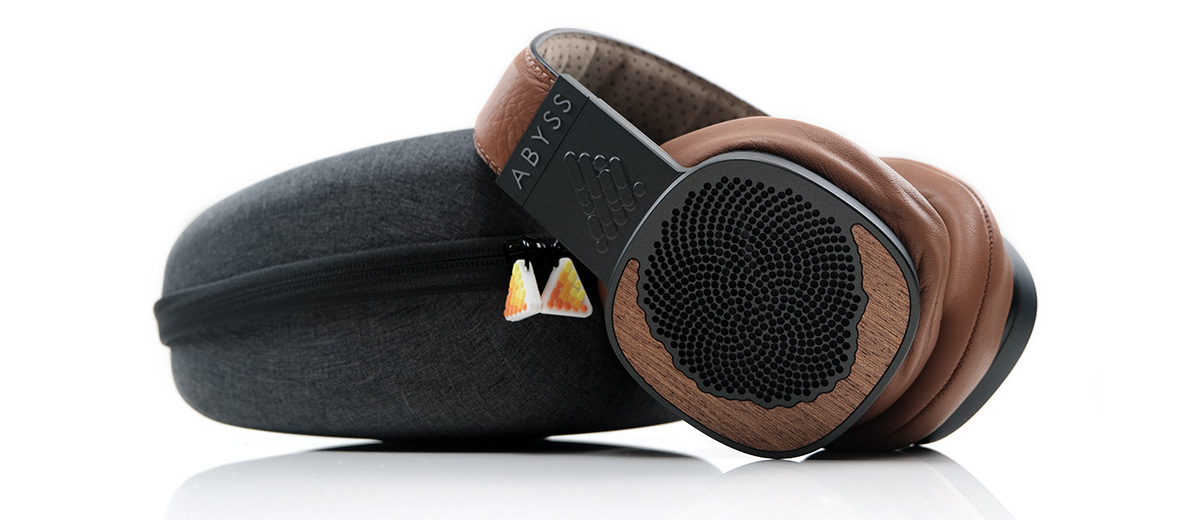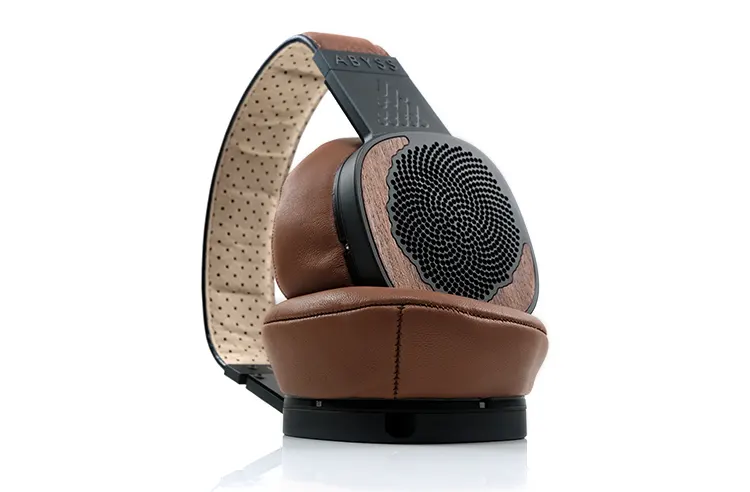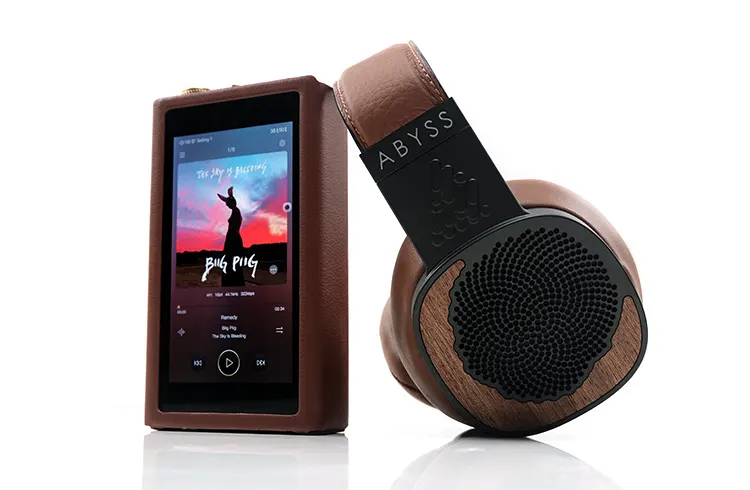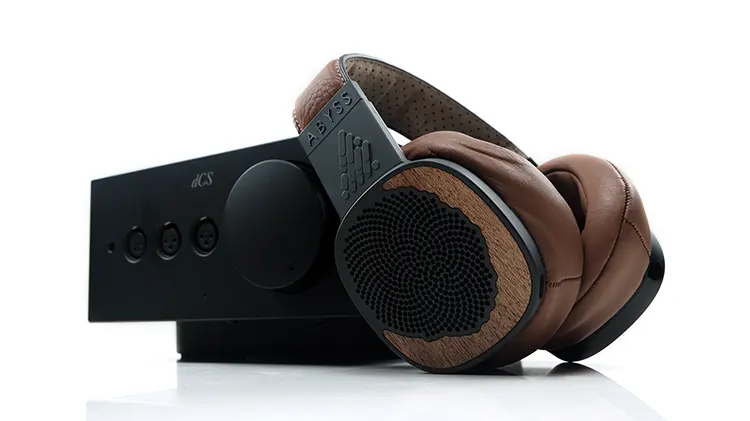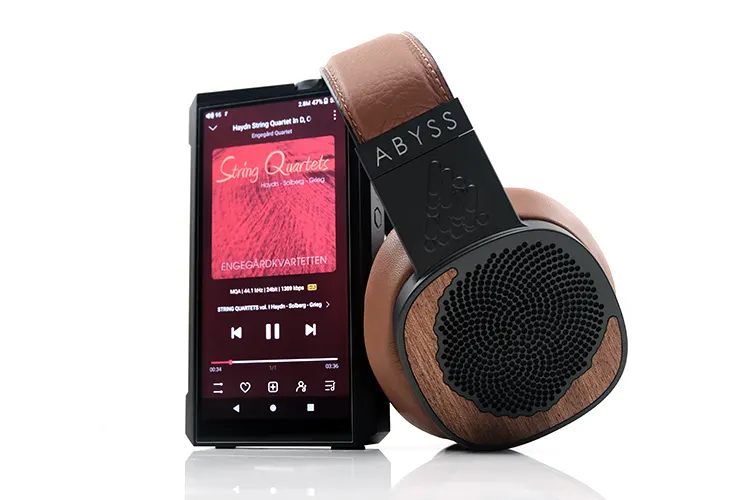Sound Impressions
The following sound impressions were completed using a mix of the dCS Lina Network DAC and Lina Headphone Amplifier as well as the XI Audio Formula S with the Shanling EC Mini CDP.
Summary
The DIANA MR presentation is both accommodating and detailed and may well be the company’s most accessible tuning to date.
If the TC is the pinnacle of reference-like tonality then the DIANA MR is the gateway headphone with the broadest appeal and currently, the easiest to drive from what you have handy in your pocket or on your desktop.
It has the most robust and richest timbre of any DIANA headphone but still retains an excellent level of resolution and outstanding imaging that I have come to expect from my countless hours listening to the DIANA V2.
Its response curve irons out some of the audible kinks from the older Diana V2 with a more even and linear bass response, a smoother rise through the mids, and finishing with a generally clear but still relatively relaxed treble presentation.
What makes the DIANA headphones so addictive is that stellar transient response and imaging, qualities that are still abundant with the DIANA MR.
It might not match the pinpoint accuracy and lighting ‘reflexes’ of the TC flagship but with the right source and amplifier, it can scale and work wonders within its rounded soundstage quality.
To give you a stark example, pairing the DIANA MR with the dCS Lina stack produces incredible levels of separation and dynamic range. Even compared to something like the Formula S which has been my traditional go-to amplifier for a lot of ABYSS pair-ups, the Lina stack is just so vivid and immersive sounding with the MR.
Frequency Response
Relative to the DIANA V2 and the TC, the DIANA MR is tuned a little closer to the TC though with slightly less midrange forwardness.
I would go as far as to say the MR has one of the more relaxed DIANA series headphones midranges though by no means recessed or overly neutral. It is more noticeable though compared to the older Phi which has a more significant 1-2k bump that brings vocals much more to the fore.
Compared to the Diana V2, the FR does seem to be more linear on the lows producing a smoother response. The V2 has a noticeable 50-60Hz bump that seems flattened out more with the DIANA MR using the lambskin leather pads.
However, beyond that the DIANA MR has a more consistent and even elevation right up to around 1k which is where that more robust and denser sound emanates from.
The 4-5k range dips a little but it is not hugely inconsistent with previous DIANA models and whilst it exhibits some treble lift around 6-8k it’s more evenly distributed and not as elevated as the older Phi.
The TC’s treble lift is more around 8-10k giving it a bit more sparkle and perceived extension in the highs. It’s from that comparison that the DIANA MR takes on that relatively darker description.
Timbre
You can split the tonal coloration into two different types, depending on the pads you elect to go with. Both the lambkin leather and the Vegan UltraSuede do sound significantly different from each other.
The changeup between the two pads is very similar to how I felt about the Empyrean leather and suede alternatives a few years ago.
The leather is more upfront, more resolving, and more energetic with a stronger treble presence. The coloration is still rich and meaty but you get a bit more contrast and a slightly more natural sounding timbre for both instruments and voice. The bass is more linear, with less bloom and a bit more mid-bass punch shining through.
The UltraSuede pads are more relaxed with a warmer more voluptuous tonal quality, especially on the lows. They also seem to change up the staging dimensions pushing the mids slightly further back and increasing the perceived height of the auditorium with aspects such as reverb and echo more noticeable.
With either pad, however, you are going to notice how much firmer the low-end is compared to any of the previous DIANA series headphones. The DIANA MR lows are not so much about depth and sub-bass growl but rather they sound more fulsome and I include the lower mids in that description.
It makes a big difference with modern pop and rock which, combined with the relatively sweet-sounding treble tuning, deliver a very natural and agreeable almost euphonic hue to the mids and vocals.
This, along with its good synergy performance, (see below) is a big factor in why I would tag the DIANA MR’s tag as the most accessible ABYSS headphone to date.
Staging & Dynamics
The DIANA MR does not have a huge soundstage, at least not compared to the likes of the Susvara or their AB-1266 flagship headphones. This is a more intimate presentation with the listener positioned slightly closer to everything.
However, what makes the DIANA MR special, or any DIANA for that matter, is the dynamic range and imaging excellence it can deliver within that staging dimension. With a clean high performing source and amplification, it can display very pleasing holographic performance levels.
Owners of the older DIANA models will notice a significant increase in the low-end presence and punch though vocal forwardness has been reduced ever so slightly.
Despite its overall smooth and rich descriptor, the DIANA MR staging does adjust relative to the system so there is some transparency there.
The dCS Lina offered the most resolving performance with an incredibly immersive presentation. The separation and layering here are almost world-class if the TC was not a benchmark. If anything, I also found it the best pairing for vocal presence giving it more focus and clarity over some competing setups.
Switch the pairing to the Ferrum OOR or the Feliks Audio Envy you get a stronger focus on depth and weight whereas the Xi Audio Formula S will tease out an airier quality to the DIANA MR so, it is not fixed in stone.
The pads also change up the staging qualities of the MR with the Vegan UltraSuede producing a bit more emphasis on the lows but with a more diffuse and relaxed midrange presentation. The leather pads keep it more upfront through the mids with a more linear low-end quality and treble emphasis.
Synergy
Efficiency & Sensitivity
The ABYSS DIANA MR has an impedance of 30Ω with a sensitivity rating of 91 dB/mw @1kHz. The company has made a big play on the improved performance of the MR with portable gear compared to the 69Ω flagship TC and the older 42Ω Diana V2.
That does seem to be the case when comparing the TC and MR using dongles such as the Cayin RU7 with the MR sounding more dynamic and lively using its balanced output in a high gain mode. In comparison, the TC lost a lot of its dynamic ‘pop’ and staging depth and sounded comparatively flat staging-wise.
The one outlier is the now discontinued DIANA Phi which comes close at 32Ω and with a matching SPL rating of 91 dB/mw @1kHz. Side by side there the gap between it and the DIANA MR for both volume levels and dynamic range was a lot closer than the TC.
One thing to note, the dB SPL of all of these DIANA headphones is more or less the same which means the MR is not hugely sensitive.
That means that despite the voltage-friendly nature of the DIANA MR you will need to push up the volume and gain levels to maximize performance on some portable sources.
A good example is the very capable iBasso DX320 MAX Ti. You can technically hit the right volume level on its Stage III gain but you might end up close to maximum volume levels for quieter recordings. Stage IV gain will allow you to drop down to 2-3 pm on the dial as well as receive a noticeable improvement in dynamics.
Desktop Pairings
Whilst I think any DIANA headphone is going to excel with an amplifier that tease out its stellar transient response and rapier-like articulation, the DIANA MR is one of the few editions I felt paired quite well with tube headphones, particularly if you are looking for a more relaxed analog overtone to the sound.
I tested no less than 6 really good quality amps and AMP/DAC combos and two of them included tube amplifiers, the Feliks Audio Envy, and the Cayin HA-300MK2.
The choice depends on your preference for depth and power using the Envy over a much wider holographic staging quality but with a more languid pace and presentation.
Neither is going to push the DIANA MR to the maximum for resolution and pace. That accolade goes to the solid-state options, which is where I would generally recommend you start pairing.
The top of the food chain is the dCS Lina triple stack which is a phenomenal pairing with the DIANA MR. You get a stronger sense of urgency, improved clarity and separation over the tube amps, and excellent vocal imaging which I feel is important for the Diana MR to sound optimal.
The dCS Bartok APEX pairing is more like the Envy with its deep and weighty bass response from the MR but more relaxed through the mids and highs for presence. It’s not quite as upfront as the dCS Lina stack but offers more resolution and refinement compared to the tube amps.
The last duo, the Ferrum OOR, and the XI Audio Formula S brought different strengths to the table. The Diana MR sounded more expansive with better staging width and sparkle compared to the OOR’s firmer set of lows and neutral imaging.
Portable Pairings
I much preferred a tighter cleaner portable pairings with the DIANA MR over anything that could be considered warm or dark sounding, even if they did bring plenty of low-end power to the table.
After testing 3 DAPs and 2 dongles, I also heard the potential for the DIANA MR’s ability to scale and improve its dynamic range with the more powerful portable pairings.
Not that the weaker sources couldn’t handle the MR, the likes of the Cayin RU7 and the HiBy FC6 dongles sounded very competent indeed with excellent depth from the FC6 and a generally expansive stereo field from the RU7.
Rather the holographic nature of the DIANA MR’s staging capability combined with the dynamics of the bass performance, including how controlled and well-defined it sounded was much improved with bigger beasts such as the FiiO M17, the HiBy R8 II and the best of the bunch, the DX320 MAX Ti.
I gravitated towards the DX320 MAX Ti for a few reasons. The HiBy R8 II came close but the additional power combined with better width and bass definition gave the DIANA MR a very lively sound signature and not one that was overly warm either.
It still retained that solid fundamental but the resolution and pace of the music delivered sounded more dynamic, almost desktop-like in its performance.
The M17 dropped off a little behind the other two with its control. The DIANA MR sounded bass-heavy, but also a little softer compared to the tighter control and punch from the R8 II. It also lacked the same sparkle and airy extension compared to the DX320 MAX Ti and the R8 II.

